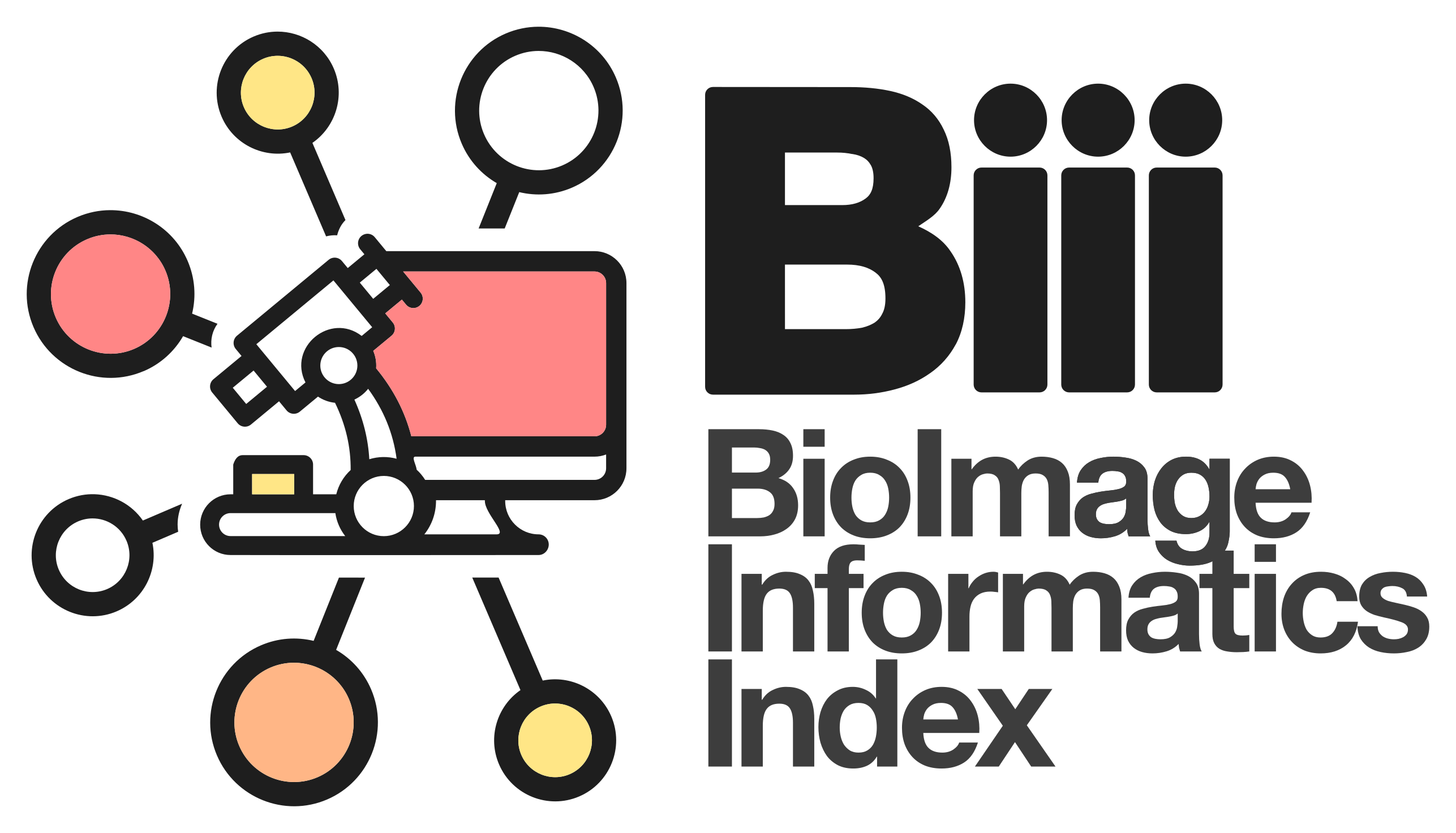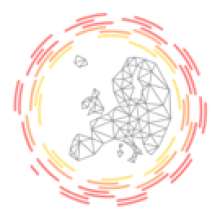Description
MetaXpress or in full name "MetaXpress® High-Content Image Acquisition and Analysis Software" is a commercially available closed source software for high-content analysis from Molecular Devices, LLC.. The program is a kind of visually guided workflow programming environment. There is a programming module called CME (custom module editor) which lets one setup integrated workflows for bioimage analysis with visual feedback. It is designed for high-throughput in connection with a included database which stores the experimental data.
It has several toolboxes for semiautomated processing of various tasks:
3D Analysis (requires Custom Module Editor), Curve fitting, Transmitted light segmentation (requires Custom Module Editors), Angiogenesis tube formation, Cell cycle, Cell health, Cell scoring , Count nuclei, Granularity, Live/dead , Mitotic index, Micronuclei , Monopole detection, Multi-Wavelength cell scoring, Multi-wavelength translocation, Neurite outgrowth , Transfluor® Assay, Translocation* (includes Translocation-Enhanced*) , Transfluor HT Assay , Nuclear translocation HAT, Cell proliferation HT
After the workflow is setup it is possible to apply it automatically to a stack of stored images. The derived data from those analyses is stored in the metaxpress database and can be exported from there.
The use of each toolbox requires a separate license.

